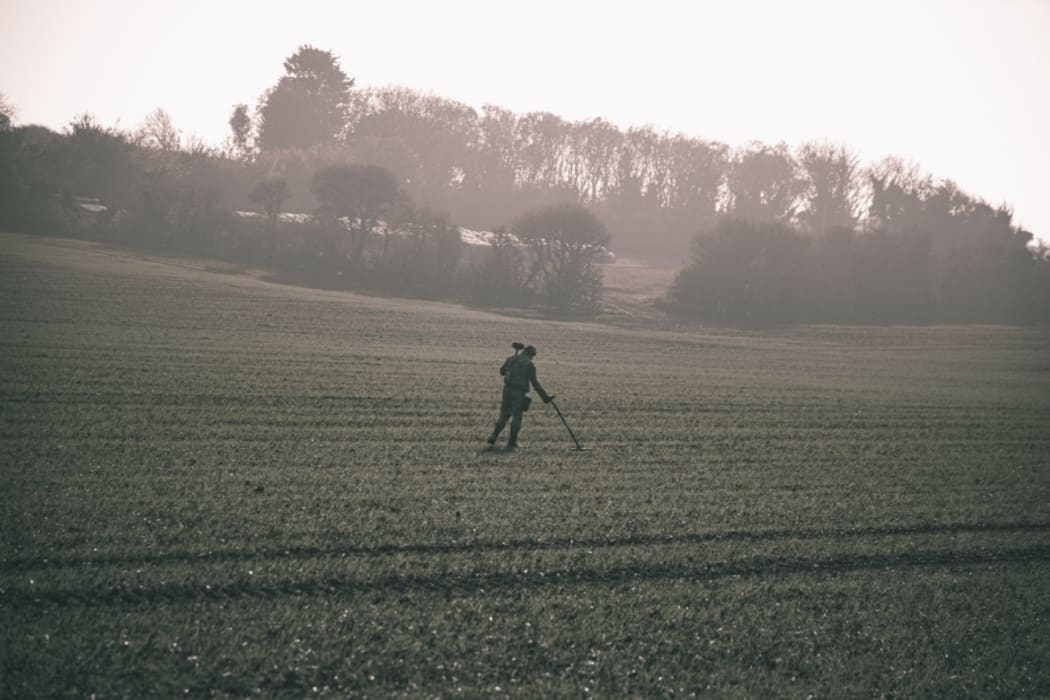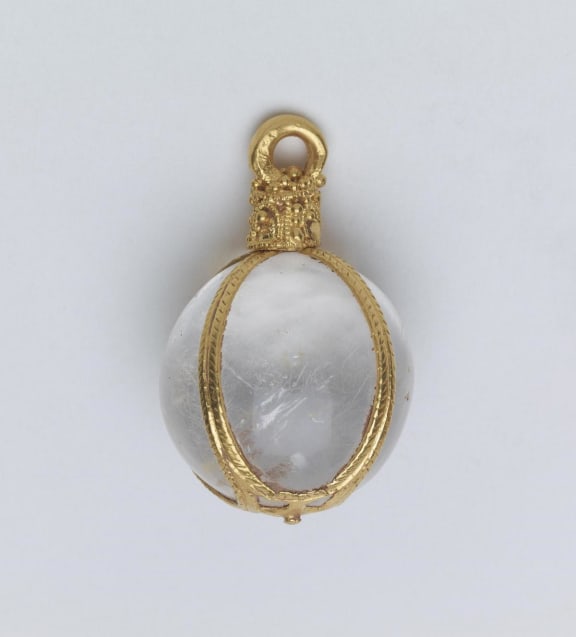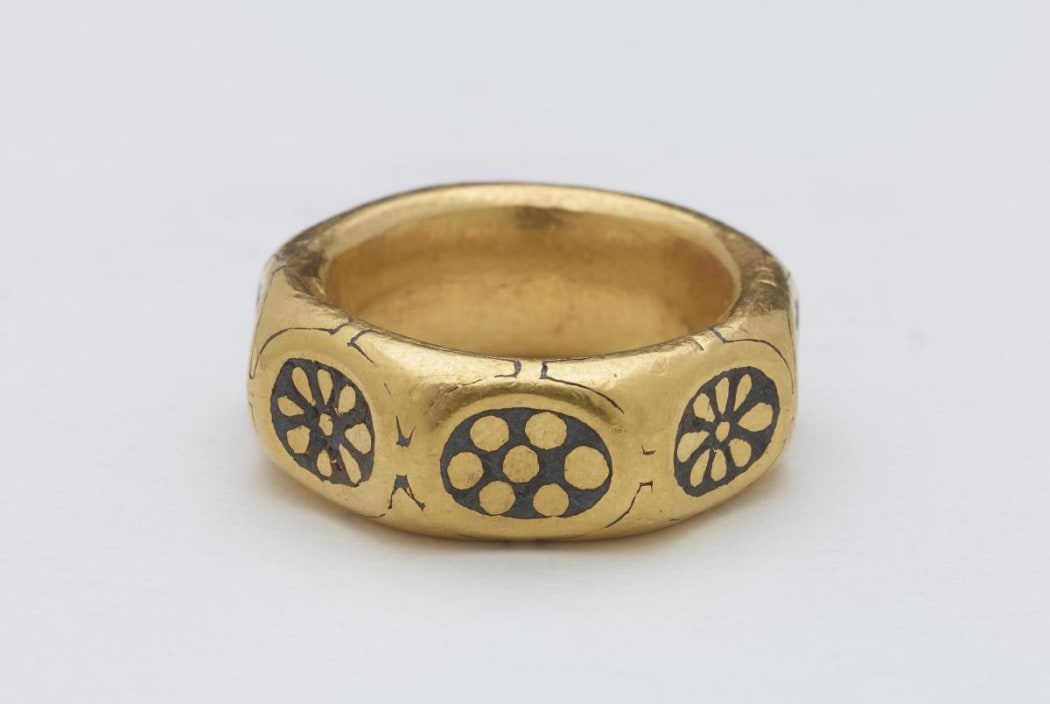In 2015, a metre under English soil, two metal-detecting enthusiasts - or detectorists - literally struck gold. They uncovered an underground Anglo-Saxon treasure trove buried between 850 and 900 AD.
Everything pointed toward their find being a hugely valuable 'hoard': a collection of valuables typically hidden to avoid looting by Viking raiding parties, or buried by Vikings themselves, after a raid.
Such collections are subject to far tighter treasure-seeking controls than those applying to individual finds. But, with question-marks over their search rights on the land, they were faced with a bit of a dilemma.

Photo: Photo by Jack B on Unsplash
Their bumbling attempts to conceal the find are documented in Rebecca Mead's recent article The Curse of the Buried Treasure in The New Yorker.
Mead is a New Yorker staff writer and author of the critically acclaimed My Life in Middlemarch; a celebration of George Eliot and the joys of literature.
She says detectorists in England make hundreds of finds all over the country each year. But a hoard as rare and as unusual as this was a really remarkable find.

Rebecca Mead Photo: supplied / James Prochnik
"The detectorists, I think, didn't realise how unusual and remarkable it was when they first found it - which may be partly why they got into so much trouble. But the hoard contained coins that were extraordinarily rare.
"It contained a certain kind of coin called the Two Emperors coin, of which there were only a couple of known examples; no photographs were ever made of them before ...these were very rare, very exciting finds.
"The bling is the stuff that those of us who don't know what we're looking at think 'wow, this is amazing'; they found a beautiful ring, and a gorgeous pendant with a crystal in it, and a bangle, very lovely stuff.
"But for historians and archaeologists the coins are incredibly important and interesting, much beyond their value and weight in gold or silver. Because they tell so much about British history; they tell of alliances between this chieftain and that chieftain, and they're signed by their manufacturers, so you can learn an awful lot from coins about what was going on in the world at the time."

The Two Emperors coin. Photo: Supplied/ West Mercia Police
The find became known as the Leominster Hoard, and was later estimated to be valued at as much as £3 million (NZ$5.69 million). It is thought to have included 300 coins, 1 bar of silver and three pieces of jewellery.
"They may not have realised quite how many millions it was worth when they first dug it up. And ... throughout their trial, which took place in 2019, they maintained that there was no hoard," Mead says.
"Because finds of single coins are not that unusual, if you find one enormously valuable coin you can keep it, but if you find two - and let alone 300- you have to declare them.
"They did declare the gold jewellery that they found, and they each declared that they had found a coin each; quite valuable coins, but anyone who knew what they were looking at would have looked at these two coins and thought the patina on them, the colour of them, the way that they were weathered made it look as if they were remarkably likely to have come from the same group."

A crystal pendant, part of the Leominster Hoard. Photo: Supplied/ West Mercia Police
George Powell and Layton Davies were convicted under the UKs Treasure Act for theft and covering up the find. And coin sellers Simon Wicks and Paul Wells were convicted for concealment.
"What the jury believed happened was these detectorists were searching on ground they had not been given permission to search on. They'd received permission to search on one area of ground, but they'd strayed further into the land of the local lord and they had not received his permission," Mead says.
"So, having made this remarkable find ... they took it home with them and started to post images of coins on detectorist websites to say 'look what we found', to other people in their community - which was among the not very smart things that they did."
The Lord whose land the items were found on would have been within his rights to claim full ownership of the find, but in most cases the detectorists would receive something for finding it, Mead says.
"I was told by the people at the British Museum who deal with finds that are reported, that the authorities will do their best to make sure that the detectorists will get some kind of reward for the find, because these finds are so important to figuring out what happened hundreds of years ago. The laws that exist are there to encourage finders to come forward, more than they are to punish them for going astray."

A gold ring, that was part of the Leominster Hoard. Photo: Supplied/ West Mercia Police
"One of the upshots of the fact that these guys didn't disclose their find is that there's a significant chunk of coins that have still not been discovered; there is the suspicion that many of these coins have been disseminated into the market and lost.
"I think the odds are that these coins have moved down the market chain... but if you were a person that had dug up a hoard of coins that were suddenly very very hot, what would you do - maybe you would just bury them in the ground again, and wait until things cool down."

